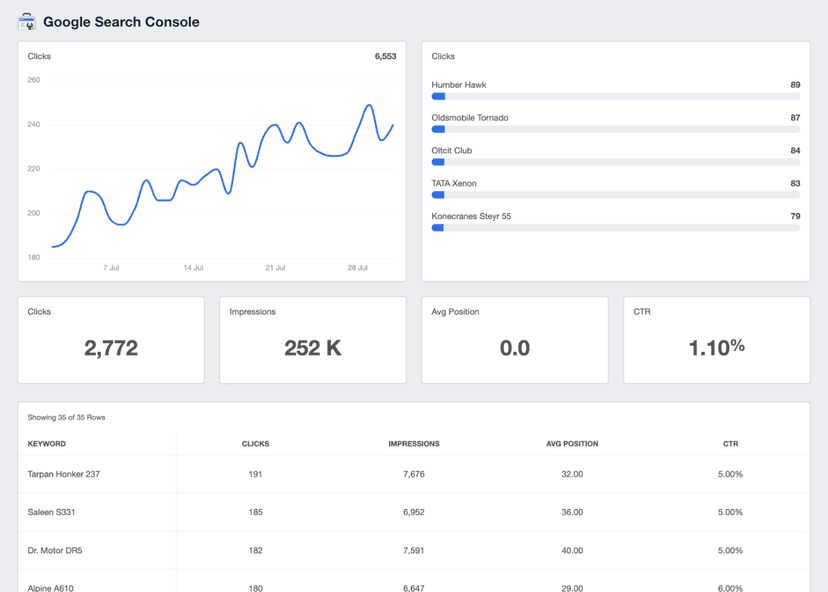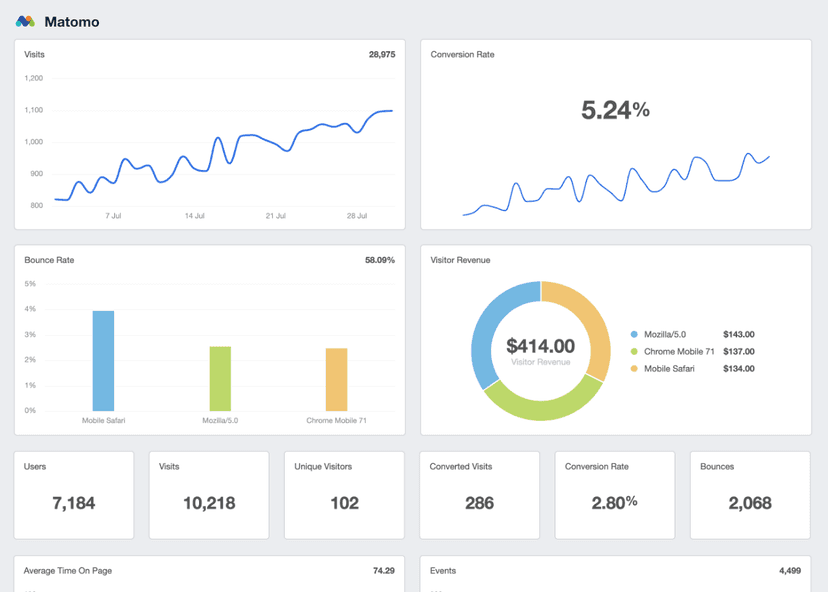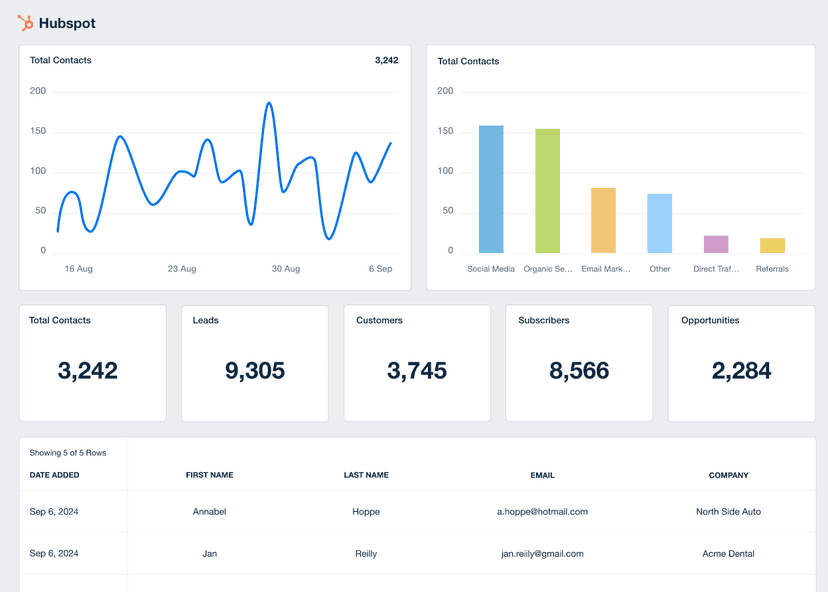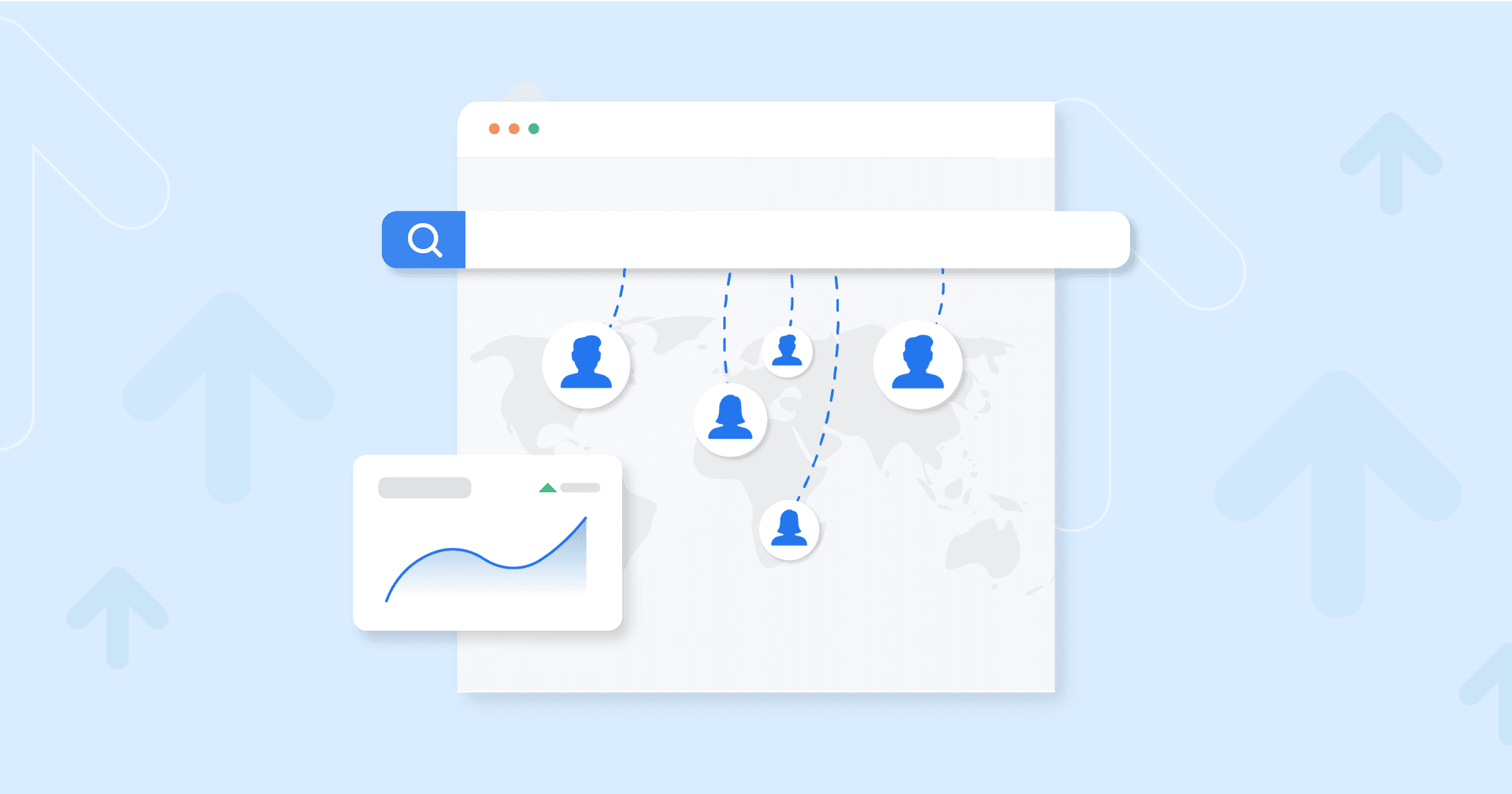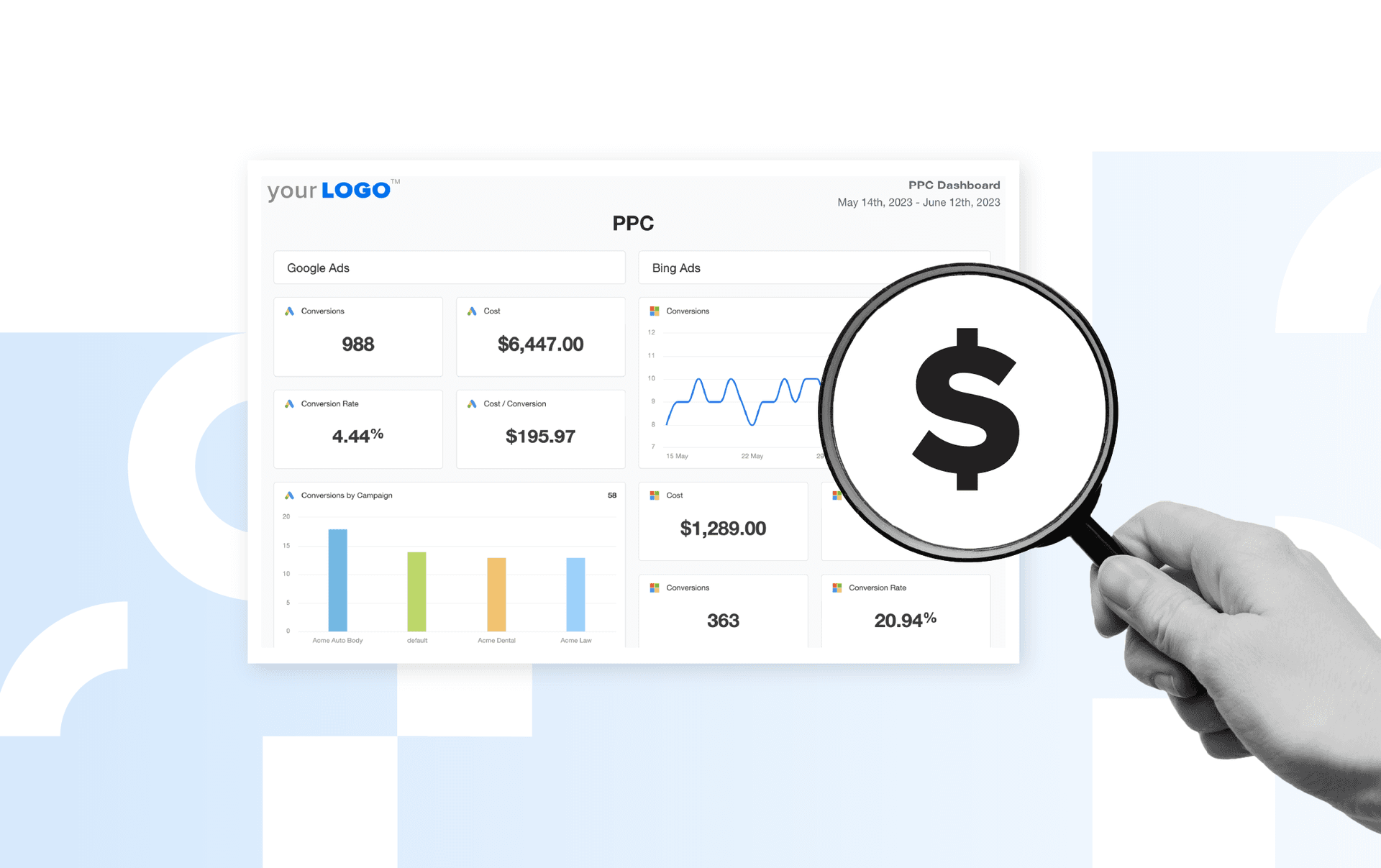Direct Traffic
Brand Recall Check
Tracks how often a brand stays top-of-mind by measuring visits from people who type in the URL directly.
URL Memorability Test
Highlights whether a domain is easy to remember and revisit without search or referral help.
Offline Campaign Impact
Measures website traffic from offline promotions like print ads, events, or direct mail with no clickable links.
Client Reporting Value
Showcase direct traffic in reports to highlight brand strength and reinforce the impact of long-term efforts.
Why Direct Traffic Is Important
Direct traffic signals strong brand recognition. When visitors skip search engines and type in a URL, it means the brand is top-of-mind and trusted enough to revisit without prompting. These visits often reflect loyalty and intent.
Tracking and analyzing direct website traffic helps marketers dig deeper into how visitors are coming to the site, uncover gaps in traffic acquisition, and better measure the effectiveness of SEO efforts, campaign tagging, and overall marketing performance. Ignoring it can mean overlooking valuable insights into brand loyalty, user intent, and qualified leads.

Stop Wasting Time on Manual Reports... Get Insights Faster With AgencyAnalytics
How Direct Traffic Relates To Other KPIs
A spike in direct traffic often aligns with increased brand searches, return visitor rates, and branded keyword impressions—all signs of strong organic search traffic and growing brand awareness. These patterns suggest that marketing efforts are working across channels, pulling people back to the website without needing a search engine or referring website.
High direct traffic may also indicate strong content performance, especially when paired with engagement metrics like average session duration, pages per session, and repeat website visitors. If users return through a direct visit and stay engaged, it reflects that the landing page and overall experience meet expectations—supporting results tied to SEO efforts and more organic traffic.
It also connects with customer retention KPIs. When existing users bypass referral traffic, paid search, or social media platforms and return directly, it signals trust, loyalty, and continued interest—reinforcing performance in repeat purchase, qualified leads, and long-term traffic acquisition strategies.

Key Factors That Impact Direct Traffic
Brand awareness is one of the biggest drivers of direct traffic. When website visitors remember the website URL and type it directly into a browser—instead of using a search engine or clicking from a referring website—it shows strong brand recall. Consistent messaging, memorable vanity URLs, and offline marketing efforts like print or events all lead to more direct visits.
Broken tracking code, missing UTM parameters, or traffic coming from dark social sources—like email clients—or from mobile traffic generated by apps that don’t pass referrer data can also inflate direct traffic. These environments often strip referral information, making it harder to track referral traffic accurately in analytics platforms like GA4.
When people revisit the site regularly, it reflects trust, satisfaction, and the kind of engagement that leads to higher direct and organic traffic overall.

How To Set Direct Traffic Benchmarks and Goals
If standard benchmarks don’t fit, start with historical data. Use analytics platforms like GA4 to track direct traffic analytics month over month, identify patterns, and spot anomalies. For more accurate targets, work backward from key business goals—estimating how much traffic coming from direct and organic sources should contribute to overall traffic acquisition or revenue. This approach offers better insights and makes the benchmarks more aligned with campaign intent and performance.
What Is a Good Average for Direct Traffic?
A good benchmark for direct traffic typically falls between 20% to 40% of total website traffic, depending on the business model and marketing mix. Brands with strong organic search visibility, high customer loyalty, or successful offline marketing efforts often see more direct visits, as users bypass the search engine or referring website and go straight to the website URL.
What Is a Bad Average for Direct Traffic?
Less than 10% may suggest weak brand recognition or low return visitor engagement. It could also indicate over-reliance on paid advertising, referral traffic, or search traffic from other channels. On the flip side, overly high direct traffic, like 60% or more, may point to broken tracking codes, missing UTM parameters, or referral data being stripped from sources. In some cases, it may also include unnecessary direct traffic caused by spambots or poor campaign tagging.
Why Direct Traffic Matters to Clients
Direct traffic gives clients a clear signal that brand awareness is working. When people return to a site without ads or search prompts, it points to trust, familiarity, and a strong impression. It reflects how well the brand resonates beyond campaign-level activity. It also helps track the return on branding and offline SEO efforts that don’t leave a traditional referrer footprint.
Further, direct traffic is one of the most cost-efficient forms of traffic. Unlike paid search or display advertising, there’s no click fees, no bidding, and no targeting. These visits often come from previous customers, brand advocates, or offline promotions, which means lower acquisition costs and higher lifetime value.
For clients, a healthy stream of direct traffic to a website often feels like momentum. It means fewer resources spent pulling people in and more results from brand equity that’s already been built.

Why Direct Traffic Matters to Agencies
For agencies, direct traffic helps validate the long game. Strong growth in this metric often points to cumulative wins—strategic messaging, consistent branding, smart content, and multi-channel efforts paying off. It’s a sign that people remember and return without needing to be retargeted.
It also fills in the gaps when analytics platforms misclassify traffic due to missing or broken tracking or a lack of campaign tracking. Direct traffic accounts for under-tracked visits from email campaigns, shared docs, or offline promotions, offering a broader view of what’s really driving engagement. Agencies use it to uncover hidden value, support retention-focused goals, and provide clients with clearer, informed decisions about what’s truly driving results across all traffic sources.

Save Time and Streamline Your Agency’s Web Analytics Reporting
Best Practices When Analyzing and Reporting on Direct Traffic
Looking at direct traffic through multiple lenses reveals what’s working, what’s not, and where to adjust for smarter campaign planning.
Ensure Data Accuracy
Audit UTM tracking, link tagging, and analytics setup regularly to prevent other sources from being misclassified as direct traffic.
Compare Direct Traffic Across Channels
Evaluate how direct traffic stacks up against referral, organic, and paid sources to understand its relative contribution.
Measure Direct Traffic Across Campaigns
See which campaigns drive repeat visits or branded engagement that later show up as direct traffic.
Interpreting Trends and Anomalies in Direct Traffic
Investigate spikes or drops by checking launch dates, media coverage, and offline promotions that may influence behavior.
Direct Traffic in Context
Pair direct traffic with bounce rate, time on site, or conversions to assess its true quality and impact.
Align Direct Traffic to Client Goals
Tie this KPI to retention, engagement, or brand awareness goals to show how it supports bigger business outcomes.
Google Analytics 4 (GA4) Dashboard Example
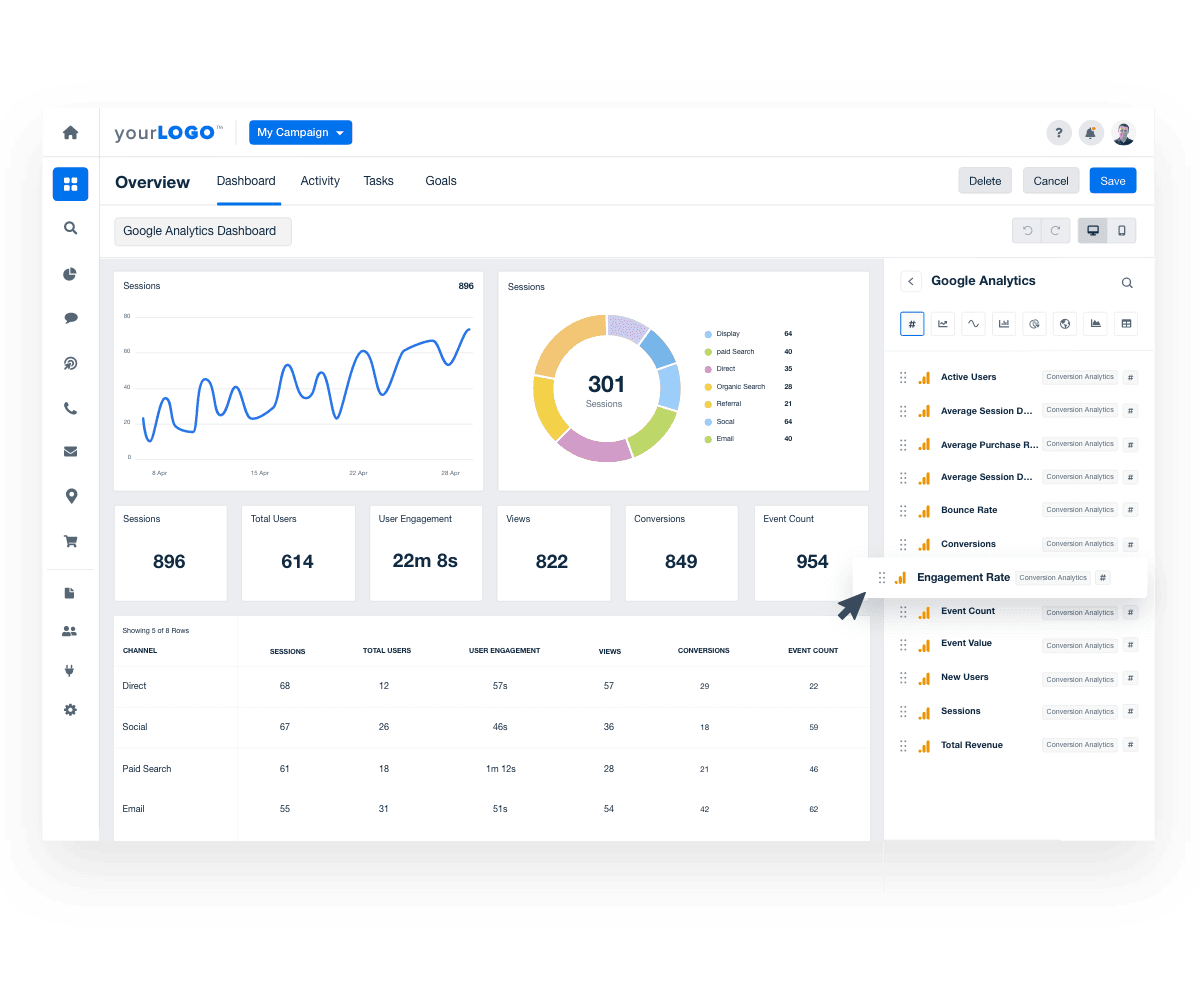
Related Integrations
How To Improve Direct Traffic
Increasing direct traffic to websites takes a mix of branding, consistency, and memorable experiences that bring users back.
Make URLs Memorable
Keep the website URLs short, clean, and easy to recall without needing a search engine.
Promote Offline Channels
Use print, events, and QR codes to drive direct visits from offline engagement.
Encourage Bookmarking
Prompt users to save the site during key touchpoints like thank-you pages or login areas.
Related Blog Posts
See how 7,000+ marketing agencies help clients win
Free 14-day trial. No credit card required.


